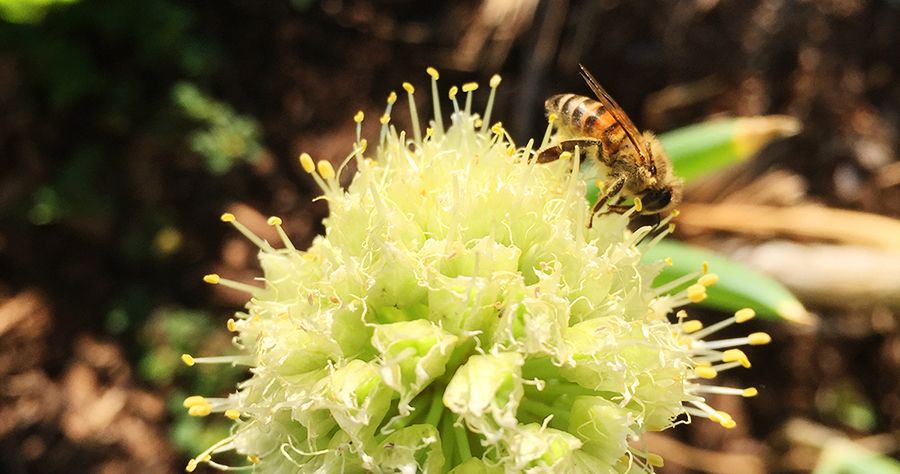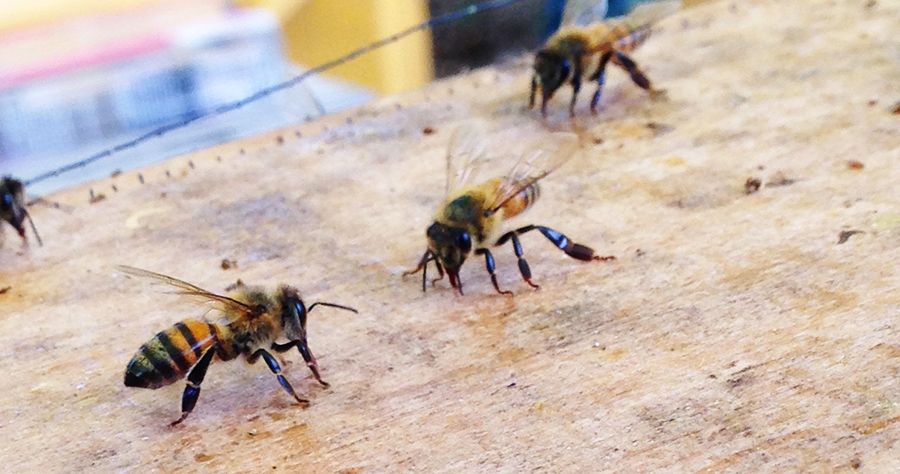It is said that bees are responsible for one of every three bites of food we eat. Nature’s preeminent pollinators, these four-winged creatures eat only pollen and nectar, so when they are not tending to nests and larvae, they are flying from flower to flower in search of food. Individual bees usually focus on one kind of flower at a time, increasing the likelihood that pollen from one flower will be transferred to another flower of the same species. Many plants require this kind of pollen distribution, known as cross-pollination, to produce viable seeds, and without bees, we would see a drastic reduction – as much as 90% – in food crops, including most fruits and nuts as well as beans, beets, cabbage, garlic, sunflowers and more.
European honey bees are the best known and most widely managed pollinators; however, there are thousands of undomesticated bee species. Wild bees are mostly solitary. They create tiny nests in dead wood, or, most commonly, in tunnels in the ground. Because they are wild, they have minimal contact with humans. In the early 2000s, beekeepers began noticing that worker honeybees would suddenly flee the hive and end up dead elsewhere, leading to rapid colony loss. This phenomenon, called colony-collapse disorder, became so widespread that mortality rates in commercial beekeeping operations more than doubled, generating widespread public concern and discussion. Only in the past few years has the public realized that wild bee populations are also declining.


